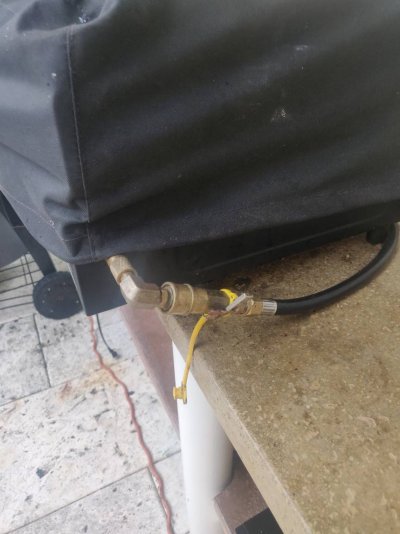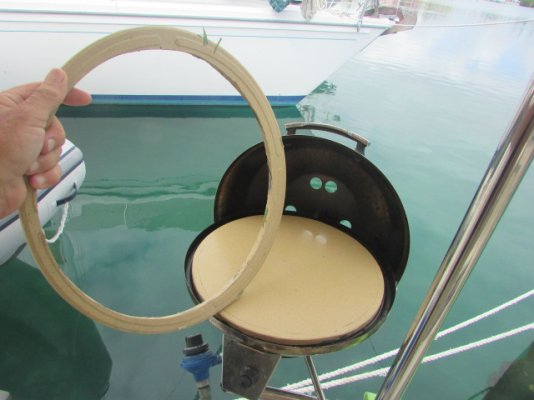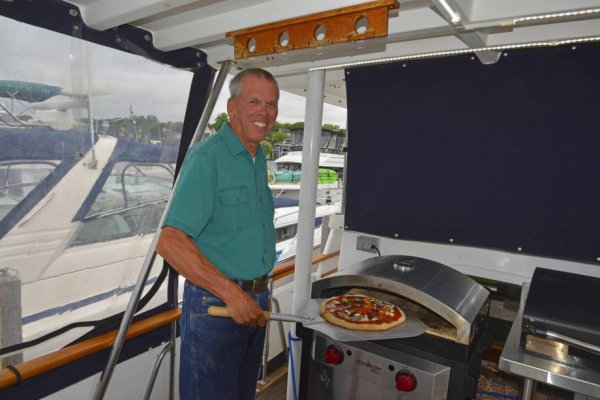mvweebles
Guru
- Joined
- Mar 21, 2019
- Messages
- 7,241
- Location
- United States
- Vessel Name
- Weebles
- Vessel Make
- 1970 Willard 36 Trawler
Relatedly, any thoughts on using the propane quick disconnects onboard? I've started using them at home and like them a lot, though the handle on the ball valve is plain steel and rusts. It's a bit of a pain to retrofit an appliance designed for green bottle as the regulator needs to be removed and some adapter parts installed, but manageable.
Example picture of my Blackstone 22" griddle at home - note the small lever handle that is the ball valve so easy to turn on/off. Thoughts or concerns for use on a boat?

Example picture of my Blackstone 22" griddle at home - note the small lever handle that is the ball valve so easy to turn on/off. Thoughts or concerns for use on a boat?

Last edited:



